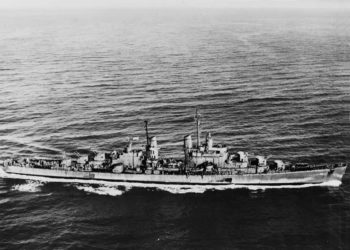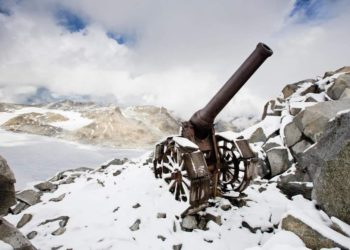Admiral “Ching” Lee, America’s Battleship Marksman. Pt. II
When I last left off, Admiral Lee was preparing the U.S. Navy for a possible future war in the late 1930s and early 1940s. During this time, Lee had to do battle with the infamous Bureau of Ordnance. Who, if you know, was more effective at hindering the U.S. Navy than helping it.
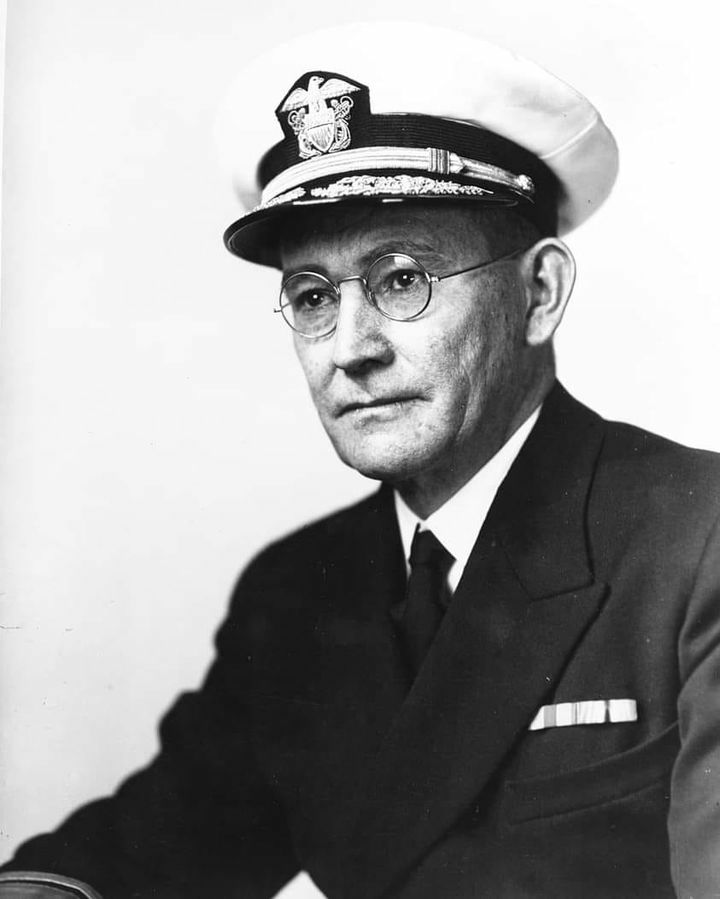
Thanks to Lee’s personal intervention, several new pieces of equipment were added to most naval vessels prior to America’s entry into World War II. He also convinced the Navy to place a focus on Aircraft Carrier development, rather than big-gunned battleships and Cruisers. But after the attack on Pearl Harbor and America declaring war on Japan, Admiral Ernest King, who was basically in charge of the Navy, tasked Lee with improving the security at numerous military facilities and offices. There was a fear that spies could infiltrate and steal classified documents.
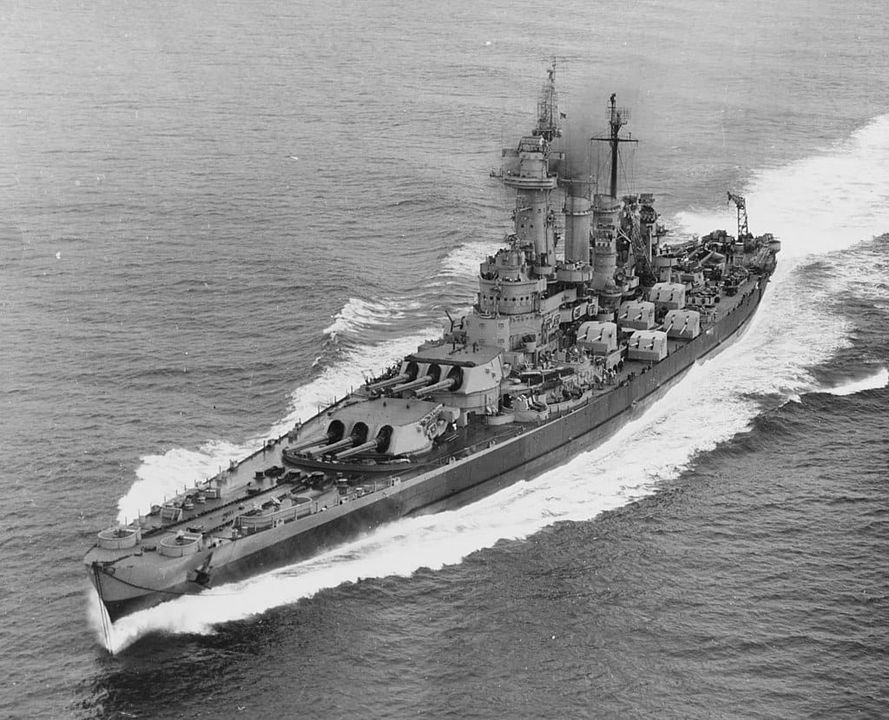
Lee’s Innovative Security Measures
Lee had a personal I.D. card made with Hitler’s picture and used it to gain access to restricted areas. On top of this, he had men steal files and bring them to him, only revealing them when someone finally noticed they were missing. Once again, Lee improved the security operations for the Navy and, as a reward, Admiral King made Lee the Commander of the Navy’s Battleship force and gave him command of the U.S.S. Washington (BB-56), which was now on its way to the Pacific after the disaster that was Convoy PQ-17. (That’s a whole different story)
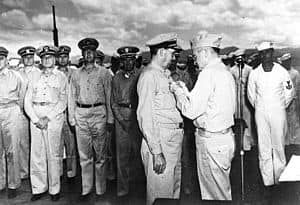
The Battle of Guadalcanal
Now back in his element, Lee began to personally train the Washington’s gun crews. Teaching them all the tricks and calculation techniques he had developed over the years, the crews loved him for this. Despite his affinity for accuracy, Lee did not micro-manage them and left them alone after he was satisfied. Thus bringing us to what most people know Lee for.
On the night of November 15, 1942, USS Washington, along with battleship South Dakota and four destroyers, entered the waters near Guadalcanal in an attempt to intercept a Japanese force consisting of the Battleship Kirishima, Heavy Cruisers Takao and Atago, and a screen of destroyers.
Almost immediately, the Japanese were able to ambush the American force, sinking three destroyers and crippling a fourth. South Dakota began to take fire as its electrical system was knocked out. But the Japanese did not detect the Washington, something Lee took full advantage of and sent a message to the South Dakota…
Lee’s Impressive Combat Strategy
“Stand aside, I’m coming through.”
Almost immediately, Washington began to pummel the Japanese force and specifically, the Kirishima, landing 38 direct hits on the Japanese Battleship and leaving it ablaze. All the while, the remaining Japanese force could not see Lee’s ship in the darkness. The gunnery lessons Lee had conducted had their desired results, as the crews were so accurate they were even able to knock out the Japanese spotlights, thus keeping their location concealed and eventually forcing the Japanese force to retreat. The Kirishima would later sink due to Washington’s actions and would be the only Japanese battleship to be sunk by an American battleship in the Pacific.

For his actions, Lee was awarded the Navy Cross for the action, to which he told his crew…
“You all earned this, I’ll just wear it.”
Final Years and Legacy
In 1945, Lee was reassigned to the Atlantic Fleet to command a special unit researching defenses against the threat of Japanese kamikaze aircraft. Unfortunately, this would be where his story would end, as Lee would die of a heart attack while en route to his flagship, gunnery training ship USS Wyoming (AG-17). He was 57.
But despite his sudden passing, no one could deny that Admiral Willis Lee had a massive impact on the United States Navy. ~NC







